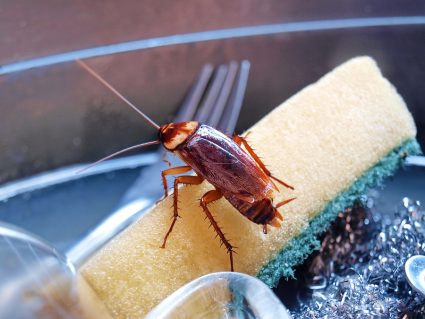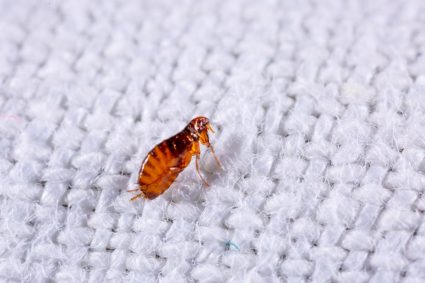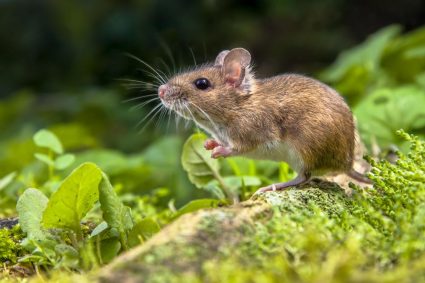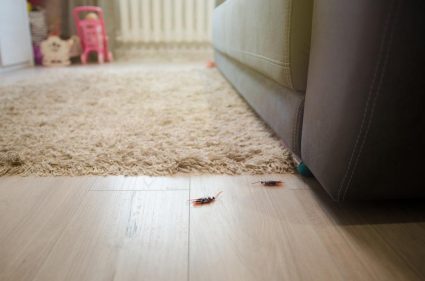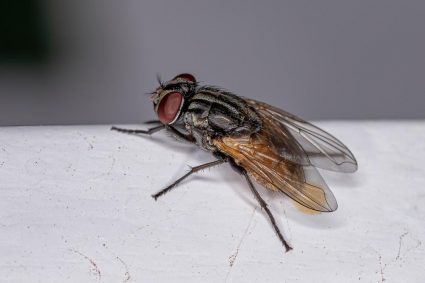
Fleas are a common nuisance to many pets and their owners. These tiny parasites can cause a host of problems, from minor skin irritation to severe allergic reactions and diseases. Understanding how animals get fleas is the first step in preventing these pesky parasites from infesting your pet and home.
Animals typically contract fleas through contact with other infested animals or from their environment. Fleas can jump from one host to another and are often found in grass, soil, and other outdoor areas where wildlife carrying fleas have been. Indoor environments like kennels, groomers, and pet bedding can also harbor fleas. Regular vet check-ups, maintaining a clean living environment, and using the right flea control products can help prevent flea infestations.
How do animals contract fleas?
Animals typically contract fleas through contact with other infested animals or from their environment. Fleas can jump from one animal to another, and they can also be found in grass, soil, and other outdoor areas where wild animals carrying fleas have been. For example, dogs can pick up fleas from other dogs they meet in the park, from wildlife like birds, rodents, rabbits, squirrels, foxes, and deer, or from places these animals have been. Fleas can also be found in indoor environments like kennels, groomers, and pet bedding.
The Lifecycle of a Flea
Understanding the lifecycle of a flea is crucial in preventing and treating flea infestations. Fleas go through four stages: egg, larva, pupa, and adult. Adult fleas mate and lay eggs in the fur and surroundings of the host animal. These eggs hatch into larvae that feed on organic material, including the feces of adult fleas. The larvae then form cocoons (pupae) in which they develop into adults. This lifecycle can take anywhere from a couple of weeks to several months, depending on the environmental conditions.
The Role of Environment
Flea infestations are more likely to occur in environments that are warm, humid, and provide suitable hiding places for these pests. Fleas thrive in areas where pets spend most of their time, such as pet bedding, furniture cushions, and thick carpeting. They also prefer moist, shady, and cool outdoor places like shrubs, leaves, and trees, and do not fare well in sunny areas or open grass.
Susceptibility of Certain Animals
Certain types of animals are more susceptible to fleas than others. The most common type of flea that affects companion animals is the cat flea (Ctenocephalides felis), which can infest dogs, rabbits, guinea pigs, rats, mice, chickens, wildlife, and humans. Over 130 wildlife species have been found to harbor cat fleas, representing nearly 20% of all mammal species sampled for fleas.
Dangers of Flea Infestation
Flea infestations pose several health risks for animals, including flea allergy dermatitis, tapeworms, anemia, Bartonellosis, flea-borne typhus, and plague. All of these ailments can cause serious health problems for your pet and, in some cases, can even be life-threatening.
Preventing Flea Infestation
Preventing flea infestations involves treating both your pet and your pet’s environment. This can include using flea control products, grooming your pet regularly, limiting your pet’s contact with other animals, and maintaining a clean living environment.
Treating Flea Infestation
There are several effective treatments for animals with fleas, including topical treatments, oral medications, flea collars, and shampoos. It’s crucial to consult with a veterinarian to determine the most suitable treatment for your pet, considering factors such as age, weight, and overall health.
In conclusion, understanding how animals get fleas and taking preventative measures can greatly reduce the likelihood of your pet contracting these pesky parasites. Regular vet check-ups, a clean environment, and the right flea control products can all contribute to a flea-free, happy, and healthy pet.
Frequently Asked Questions
How often should I treat my pet for fleas?
The frequency of flea treatments depends on the type of product you’re using and the severity of the infestation. Some products offer monthly protection, while others may need to be applied more frequently. Always follow the manufacturer’s instructions and consult with your vet if you’re unsure.
Can fleas survive in the winter?
Yes, fleas can survive in the winter. While fleas thrive in warm and humid conditions, they can survive in cold weather by finding a warm host or staying in protected areas like your home or animal bedding.
Can humans get fleas from their pets?
While fleas prefer animal hosts, they can also bite humans. However, they cannot live on human skin for extended periods, as they do on animals. If you’re experiencing flea bites, it’s likely because your pet has brought fleas into your home.
How can I tell if my pet has fleas?
Some common signs that your pet might have fleas include excessive scratching, red and irritated skin, hair loss, and the presence of small dark specks in their fur (flea dirt). If you suspect your pet has fleas, consult your vet for a proper diagnosis and treatment plan.
Can my pet get fleas even if it stays indoors all the time?
Yes, even indoor pets can get fleas. Fleas can hitch a ride into your home on clothing, shoes, or other pets, and then infest your indoor pet. Regular flea prevention measures should be taken for both indoor and outdoor pets.

